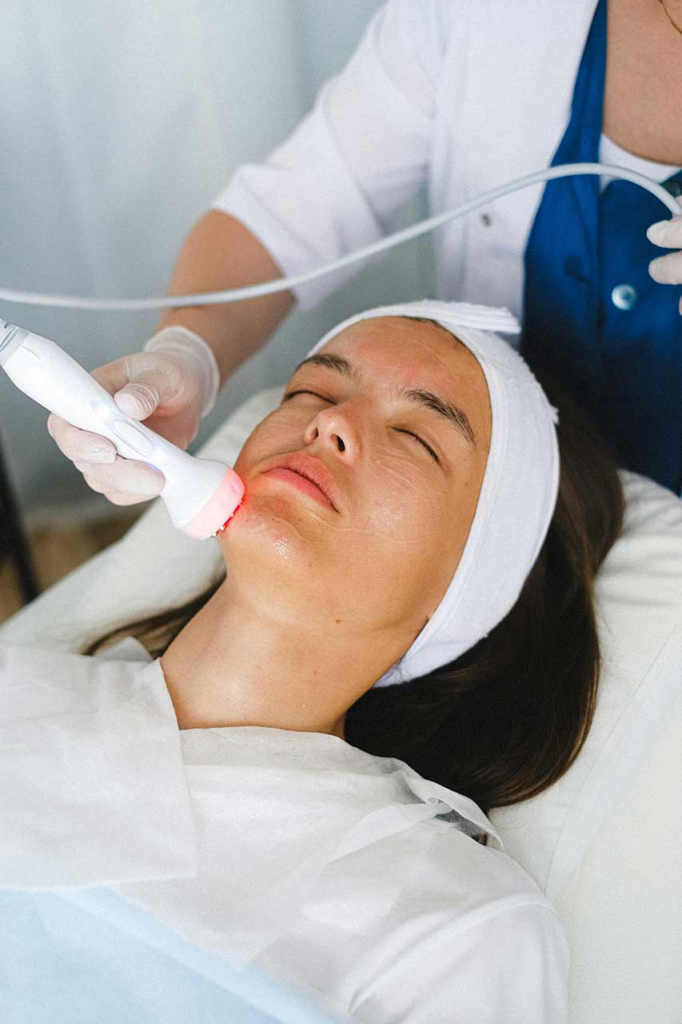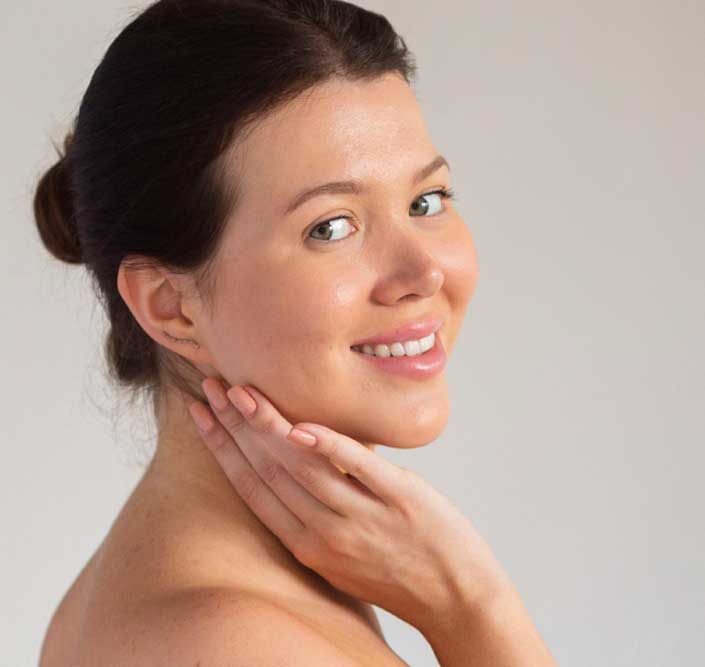Laser Glow Peel – Precision Skin Resurfacing
What is Laser Glow Peel?
Refine texture. Brighten tone. Reveal radiant skin.
The Fotona Laser Peel is a highly effective, non-invasive laser skin resurfacing treatment that gently removes the top layers of damaged skin to improve tone, texture, and overall clarity. Also known as the “laser micropeel,” this treatment uses Fotona’s Er:YAG laser technology to precisely exfoliate the skin while stimulating collagen production for smoother, more youthful skin.
Perfect for clients looking to refresh dull or aging skin with minimal downtime, this peel delivers noticeable improvement after just one session.

BENEFITS
- Refines Skin Texture – Smooths rough patches, softens fine lines, and minimizes pore size.
- Brightens Dull or Uneven Skin Tone – Gently removes dead skin cells and pigmentation for a more radiant complexion.
- Improves Mild Acne Scars & Sun Damage – Visibly enhances skin clarity and reduces signs of environmental stress.
- Stimulates Collagen Production – Promotes long-term improvement in firmness and elasticity.
- Customizable Depth & Intensity – Can be adjusted based on your skin goals—from light polishing to deeper resurfacing.
- Minimal Downtime – Most clients experience mild redness and peeling for 1–3 days, depending on treatment depth.
Are You a Candidate for the Service?
Ideal candidates are generally healthy adults who want to address aging signs, pigmentation issues, acne scars, or texture changes—especially in areas that haven’t improved after facelifts or topical treatments. Non‑ablative options can be safe for a range of skin tones, including darker tones, although consultation with experienced providers is essential due to risk of pigmentation changes. Candidates should avoid laser resurfacing if they have active infections, recent isotretinoin use (within 1–2 years), uncontrolled eczema or rosacea, or a history of poor wound healing.
RECOVERY
Recovery depends on the laser type: non‑ablative treatments often require little to no downtime—expect mild redness and warmth that subsides within a day. Ablative or fractional ablative resurfacing involves a longer healing curve: initial redness, swelling, peeling or crusting can last from several days up to two weeks, with noticeable improvement continuing over months as collagen remodels. Aftercare involves keeping the skin clean and moisturized, using sunscreen diligently for at least a year, and avoiding sun exposure, exfoliants, and strenuous activity during recovery.
